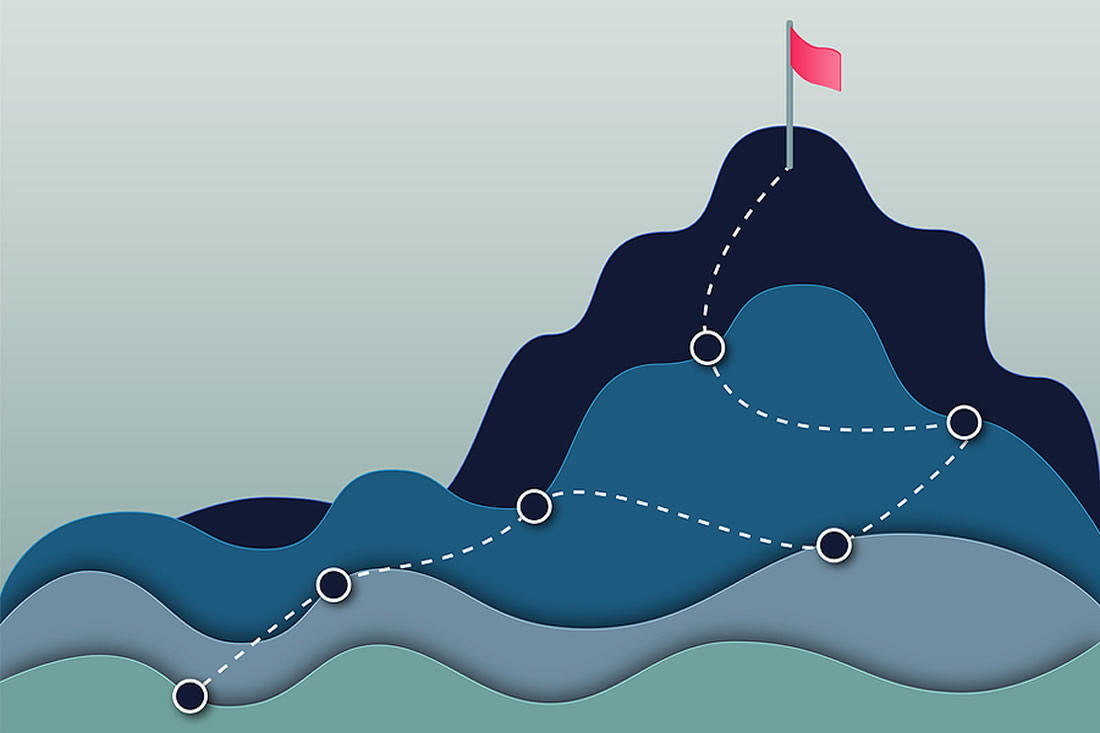Capital Campaign Timeline: 7 Steps to Lead a Successful Campaign

If you think about a capital campaign as one big, long, stressful project, it can feel overwhelming. But if you break it up into phases and steps, the entire project becomes so much more manageable.
Thus, following a logical Capital Campaign Timeline makes good sense.
Quick Links — For your convenience, click on any of the links below to jump to that specific phase of the campaign:
- Capital Campaign Timeline: 7 Phases to Achieve Success
- Phase 1: Pre-Campaign Planning (3-12 months)
- Phase 2: Feasibility Study (2-4 months)
- Phase 3: Campaign Planning Phase (2 months)
- Phase 4: Quiet Phase (6-24 months)
- Phase 5: Kick-Off (1 day to 1 month)
- Phase 6: Public Phase (3+ months)
- Concluding Thoughts on Capital Campaign Volunteers
- Your Own Capital Campaign Timeline
The first section provides a good overview and infographic, followed by specifics for each phase of the capital campaign.
Capital Campaign Timeline: 7 Phases to Achieve Success
At Capital Campaign Pro, we take a step-by-step approach to each phase of a campaign and break everything down into bite-sized, manageable chunks.
Take a good look at the capital campaign timeline infographic below to get a feel for how the campaign is organized into seven phases.

Each campaign phase has a logical purpose and outcome. Each phase is specific, concrete, and tangible. Once you know what needs to happen in each phase, you’ll be on your way to planning a successful campaign.
A campaign often takes take anywhere from two to three years to complete. Of course, it all depends on when you start counting.
Phase 1: Pre-Campaign Planning (3-12 months)
In pre-campaign planning (which you may or may not count in your campaign timeline) you and your innermost circle will get your organization ready for your campaign. This phase includes assembling the following:
- Project plans (blueprints for a new building, for example)
- Campaign objectives (a list of what you need — new buildings, equipment, programs, fundraising expenses, maintenance funds, endowment, etc.)
- Working goal (a rough estimate of what the campaign objectives will cost)
- Draft case for support (a document about why donors should care/give)
- Gift range chart (a table outlining how many gifts, at what levels you will need to reach the goal)
- Depth chart (a listing of realistic, potential donors for each gift you need)
Phase 2: Feasibility Study (2-4 months)
The feasibility study phase tests a specific case and working goal with your biggest potential donors. It’s an important opportunity to solicit genuine feedback from key constituents:
- Test the plan with lead donors
- Discuss the case for support
- Assess overall giving potential
When done well, a feasibility study sets your campaign up for success.
Contrary to popular belief, the feasibility study does not determine whether you can do a campaign, but rather how you should move ahead.
WARNING: Do not let anyone convince you to skip your feasibility study. This is a critical step!
Phase 3: Campaign Planning Phase (2 months)
In this quick, yet important phase, you’ll take the feedback you received during the feasibility study phase and revise and finalize your campaign plans.
In addition, you’ll need to develop and finalize other key documents, policies, and plans. These include:
- Campaign objectives
- Gift range chart
- Case for support
- Timeline and budget
- Campaign policies
- Donor recognition plan
- Communications plan
Phase 4: Quiet Phase (6-24 months)
After a lot of careful planning, you’re finally ready to ask for gifts. In this critical phase, you will solicit three key groups, who will help you get to approximately 70% of your goal.
The idea of a “quiet” phase can be confusing to many nonprofit leaders. What makes this phase quiet is the idea that you’re keeping the campaign goal quiet (you won’t have published or announced a specific goal yet).
During the quiet phase, you can be (and probably will be) talking publicly about the project and the vision without a specific goal.
Throughout this phase, you will solicit three groups of people:
- Lead donors (the top 20 gifts on your gift range chart)
- Board members
- Campaign committee members
Once you have completed soliciting these three key groups, you will have a much clearer sense of how much you can really raise and are ready to finalize your goal. (Up until this point you are using a “working goal” or draft goal.
Phase 5: Kick-Off (1 day to 1 month)
The “kick-off” of your public phase serves to announce the campaign goal to the public and your community. You might do a press release and large event announcing how far you’ve come already and the gap to goal.
In this phase, you will celebrate those who have already given and put the community on alert that you need their support to get the rest of the way to your goal.
During this short phase you will focus on three objectives:
- Announce a public goal
- Issue a press release
- Hold an event (or multiple events due to Covid precautions)
Phase 6: Public Phase (3+ months)
The public phase is when you finally turn your attention to soliciting your base of supporters. The fundraising strategy changes to direct mail, email solicitations, phone-a-thons, and crowd fundraising. You will also go back to those you solicited during the quiet phase who are still uncommitted.
The quiet phase is surprisingly short and should be approximately three months. This final push will energize your staff, volunteers, and donors. However, if it’s drags on, the momentum will fade.
During the public phase you will:
- Solicit the base
- Resolicit the uncommitted
- Close the gap to your goal
Phase 7: Post Campaign (3-6 months)
After you’ve reached your goal, it’s time to celebrate and express gratitude to your staff, volunteers, and donors. You will also want to debrief and take notes for the next campaign.
Although it’s a huge relief that the campaign is over, you will not want to neglect these three important steps:
- Thank and celebrate your volunteers, donors, and staff
- Send pledge reminders
- Debrief and take good notes for the next campaign
Your Own Capital Campaign Timeline
A campaign is a huge investment of work and time, and you should raise a huge amount of money to support an enormous vision. When it’s broken down into key phases and those phases are further broken down into actionable steps, the entire process becomes manageable and far less overwhelming.
Get our Campaign Guide and Checklist
For your convenience, we’ve prepared a downloadable guide with all of the phases and steps included in this post:
Download the Campaign Timeline & Checklist »
Keep this guide handy and refer back to it throughout your campaign. That way, you and your team won’t miss a beat.
It’s going to be challenging, but as long as you follow the seven campaign phases and steps provided herein, you can do it!
And if you need some help along the way, we’re here for you.














Leave a Comment